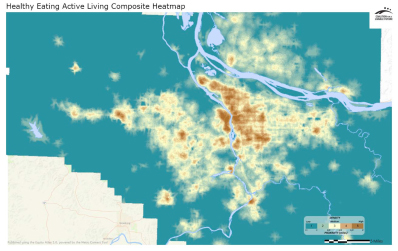These days, there’s little debate about the fact that we live in a region where opportunity, need and community capacity are unevenly distributed. The Coalition for a Livable Future’s Opportunity Maps 2.0 do a fine job of both documenting this and providing a tool to explore the quantitative dimensions of unevenness.
To complement the Atlas, CLF recently unveiled a new resource that depicts the qualitative dimensions of unevenness. Equity Stories is a treasure trove of videos, photographs and personal stories created by people who don’t fully share in the Portland region’s bounty and opportunities. To create it, CLF partnered with twelve community-based organizations in the region, a photographer and a videographer to capture words and images of people and places at the fringe.
Where do we go from here? Addressing unevenness in need and community capacity doesn’t have to mean sameness. I believe that some of the best solutions grow organically from the underlying cultures, values and rhythm of life in the places where they are rooted, sometimes with the aid of outside advocacy, inspiration and resources.
The stage is set for thoughtful discussions about how our region might respond to these conditions. Who will lead the way?
Resources
- Equity Atlas 2.0 produced by The Coalition for a Livable Future
- Equity Stories
- The Growing Problem of Suburban Poverty by Meghan Murphy-Gill
- Confronting Suburban Poverty in America





